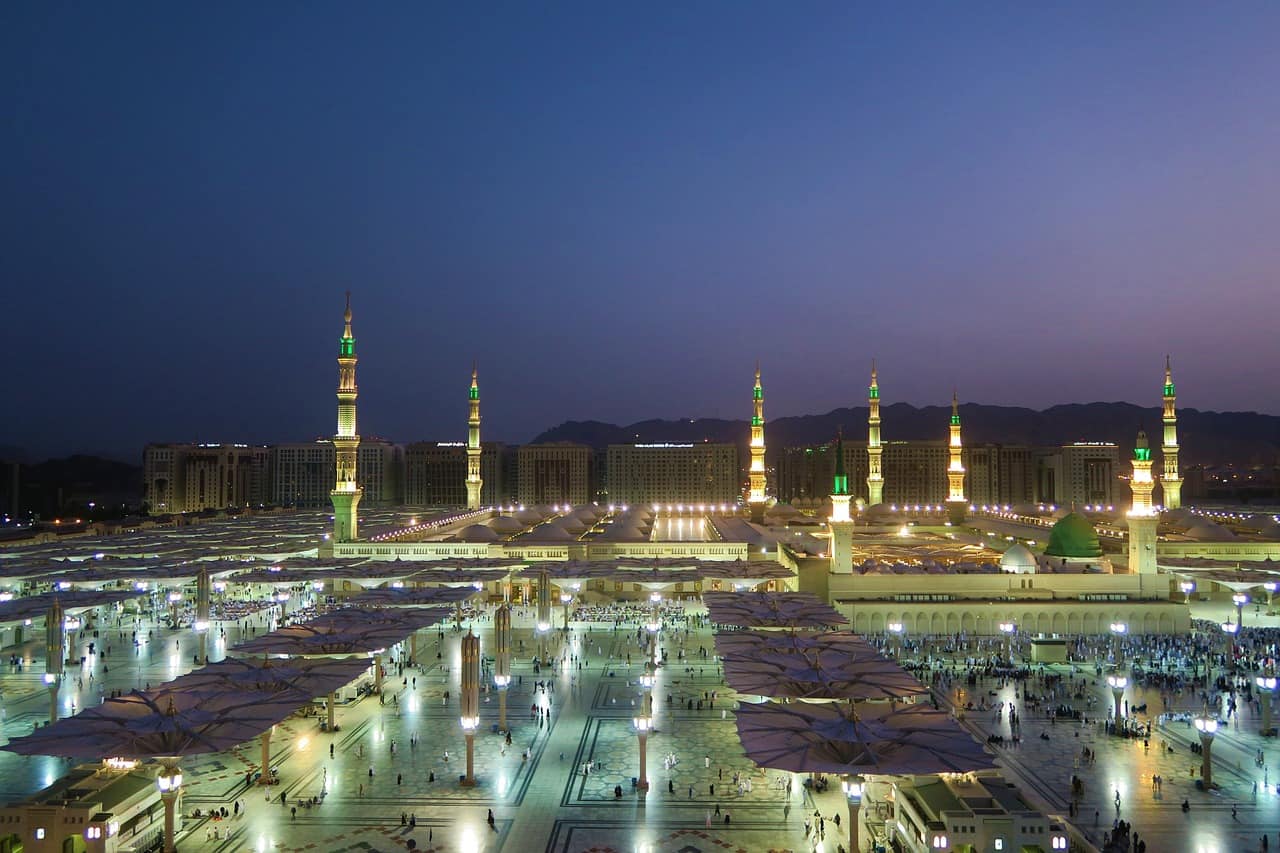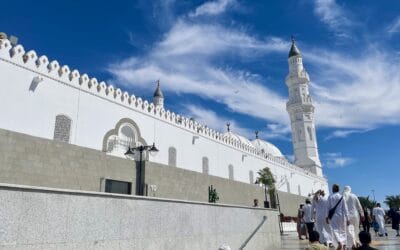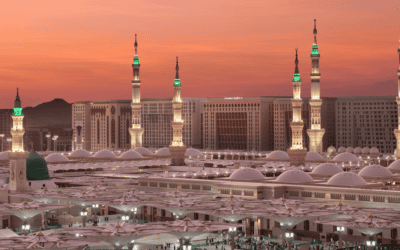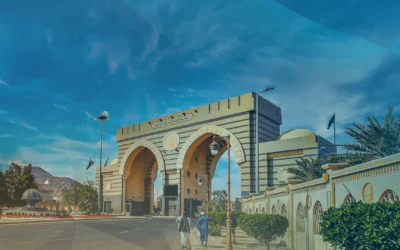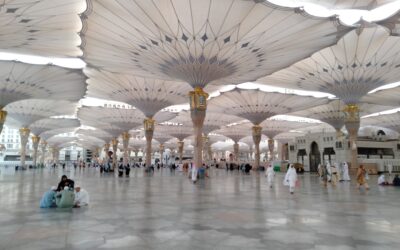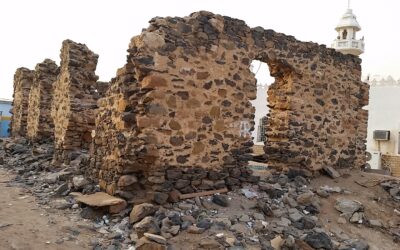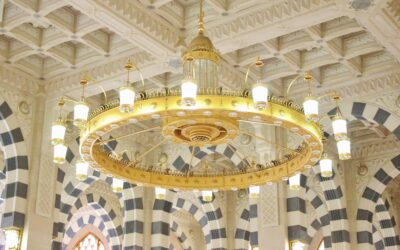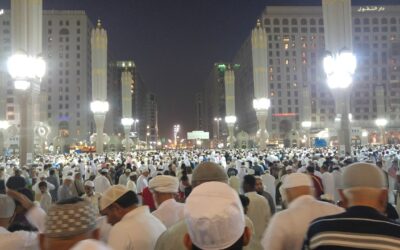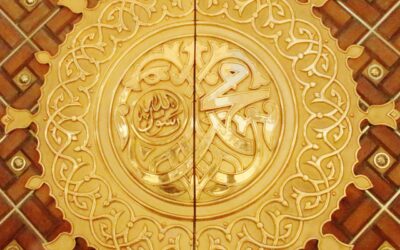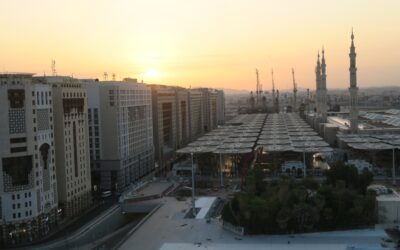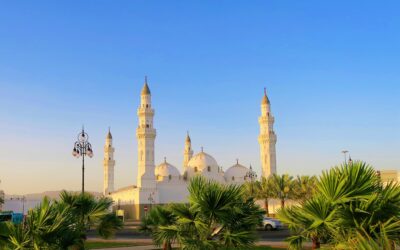Understanding Madinah’s boundaries provides insight into its rich past as a central player in fostering Islamic civilization over time.
Historical Significance of Madinah
Madinah holds great historical significance due to being established as the first city-state by Prophet Muhammad(ﷺ) and his followers after migrating (Hijrah) from Mecca in 622 CE. This event marked an inflection point in Islamic history and was a pivotal factor in shaping early development of Islam as a community.
Madinah provided Muslims with a sanctuary where they could freely practice their faith and establish societies based on Islamic principles. The Constitution of Madinah (otherwise known as the Charter of Madinah) was an influential document that created an agreement among various religious and tribal groups residing there, emphasizing religious tolerance, mutual cooperation and the rule of law; setting precedent in Islamic history as a result.
Religious Significance
Madinah is home to one of Islam’s holiest sites – Al-Masjid an-Nabawi) where Prophet Muhammad’s tomb is located, making it one of the primary pilgrimage sites worldwide for millions of pilgrims who come each year to offer prayers, pay their respects to him, and seek spiritual solace. The Boundaries of this city will be protected by the Angels of Allah.
Narrated Abu Bakar:
The Prophet (ﷺ) said,
“The terror caused by Al-Masih Ad-Dajjal will not enter Medina and at that time Medina will have seven gates and there will be two angels at each gate guarding them.”
(Sahih al-Bukhari, Vol. 3, Book 30, Hadith 104)
The Prophet’s(ﷺ) Mosque holds great symbolic and spiritual meaning for Madinah as a city, acting as a reminder of its founding prophet, Muhammad. The tranquillity that surrounds this revered space makes it a vital component of Madinah identity.

Geographical Boundaries
Madinah lies in western Saudi Arabia, approximately 280 kilometers north of Mecca. Situated within a valley surrounded by barren mountains, Madinah has long been known for its distinct landscape and has grown into its unique identity over time. Though its boundaries have expanded and contracted throughout history, Madinah still retains its core identity through the Prophet’s Mosque and other historical sites that define its center.
Modern Boundaries
Over the centuries, Madinah has expanded far beyond its historical boundaries into a vibrant modern city. Now covering residential, commercial and industrial zones – as well as experiencing dramatic economic development as well as religious tourism growth. It now houses over one million inhabitants.
Madinah remains deeply rooted in its historical and religious legacy despite modernization, with urban planning taking care to protect historical sites and landmarks to ensure its rich history is not lost due to rapid development.
Challenges and Preservation Efforts
Preserving Madinah in its historical and religious context presents unique challenges. Madinah’s growth has created increased demand for infrastructure and housing that may encroach on historic sites or sacred areas, creating tension between modernization and heritage conservation – an ongoing endeavor which demands careful planning and management.
Protecting and advancing the historical and religious significance of Madinah is paramount. The Saudi Arabian government, in partnership with various organizations, has undertaken initiatives to restore historical sites while expanding capacity at Prophet’s Mosque while protecting its architectural integrity.
Madinah transcends mere geography;
Its significance stretches far beyond mere geographical considerations. Steeped in Islamic history and spirituality, Madinah serves as a beacon for millions of Muslims around the globe; managing to balance modernization demands while protecting its heritage is testament to Madinah’s lasting significance in Islamic world affairs. Exploring its boundaries requires not just maps but gaining an appreciation of its vibrant legacy that continues to inspire and unite people worldwide.

